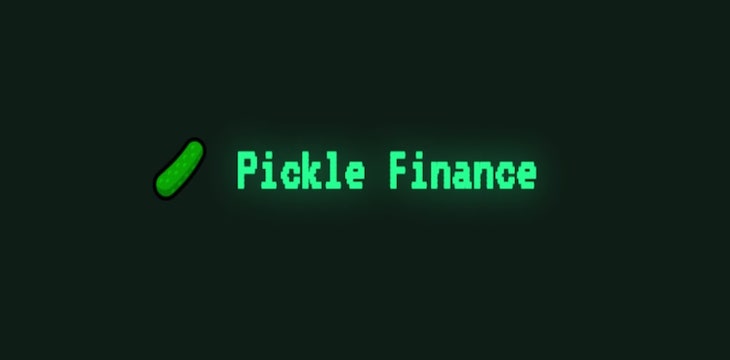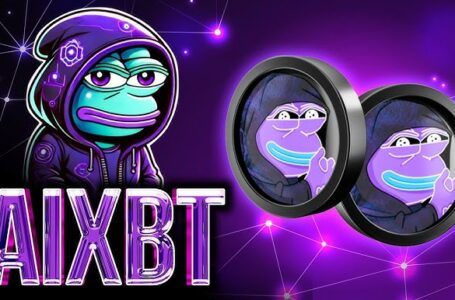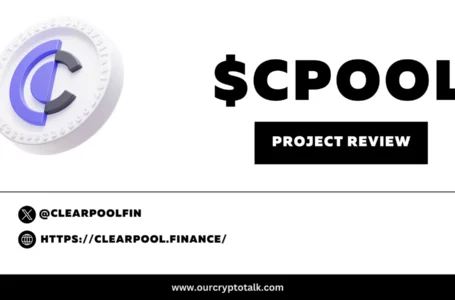
Pickle Finance (PICKLE) seeks to make DeFi (Decentralized Finance) more profitable by lowering the workload for users. The platform operates as a yield maximizer and stabilizing protocol. Specifically, the system introduces automation to the yield generation process to help reduce the entry bar for users and improve the stability of algorithmic stablecoins.
The network has grown to become a popular option in the market with over 6414 registered users, and $11,761,069 in total value locked up. The system’s combination of low-risk, long-term, passive income management options make it a smart selection for anyone looking to leverage the DeFi yield generation services.
Food-themed DeFi projects
PICKLE is the latest DeFi network to join in on the food themes. These projects leverage familiar menu items to make DeFi more approachable and familiar to users. PICKLE keeps this legacy alive with its unique set of trader tools.
What Problems Does Pickle Finance Attempt to Fix?
Pickle Finance solves some of the biggest issues that DeFi users face. For one, the protocol was designed to remove technical barriers to yield generation systems. There has been a lot of user confusion surrounding farming and lending protocols. The system offers a streamlined user interface and a host of helpful options to help new and experienced traders prosper.
Many DeFi users have their tokens on a variety of different platforms. This strategy is required because many DeFi protocols operate as islands. They don’t exchange data or communicate with other platforms in the market. This means that the more applications you join, the more time and resources you burn up. The system eliminates this issue using advanced automation.
Streamline Profits
PICKLE’s automation enables it to offer users much higher yields than competitors. The protocol offers up to 832% APY on automation pools. Notably, the platform integrates Pickle Token rewards to improve users’ ROI. The developers see Pickle Finance as a one-stop shop for users who want to maximize returns.
Lack of Price Stability
There is a major problem that all algorithmic stablecoins suffer from – volatility. There are times when these stablecoins lose their peg as market volatility is too rapid to remain stable. PICKLE uses automated pools to help stabilize these projects. The network currently supports multiple stablecoins including DAI, USDC, USDT, and sUSD.
Benefits of Pickle Finance
Pickle Finance introduces a host of benefits to the market that make it ideal. The protocol’s automated generation services provide users with auto compounding returns. These low-risk passive returns outpace fiat bank accounts. Best of all, there is minimal risk of losing your original asset.
Support Other DeFi Assets
Pickle Finance serves the entire DeFi community with its approach. The network provides synthetic assets with more liquidity and support to weather market downturns. The system has been proven to be secure after suffering a hack early on. Since that time, it has been audited by multiple third-party firms.
Automated
Notably, the system leverages advanced smart contracts to remove human error from the equation. PICKLE enables users to “set and forget” their DeFi yield generation strategy. The network enables you to auto harvest from farming pools while stabilizing stablecoin pools.
Lower Fees
Another advantage that PICKLE has over self-farming is the lower fees. It can be expensive to convert your tokens across multiple pools. Pickle Finance offers a lower pricing structure. The network can do so because it spreads the gas fee costs across all its users.
Pickle Finance Stake
You can stake PICKLE and secure low-risk passive returns on the platform. The tokens are staked as DILL when in the PickleJar pools. The stakers share in profits which are paid out in ETH. Users gain benefits from the payment in ETH as it saves them in fees if they plan on converting the tokens later.
How Does Pickle Finance Work?
Pickle Finance can be categorized as an on-chain asset management protocol. The system functions by pooling funds in smart contracts. These smart contract pools are set up to autonomously execute advanced trading strategies on your behalf. The system will migrate funds between pools to enhance ROIs. As part of the strategy, liquidity providers receive PICKLE tokens for their participation.
Keeping Stablecoins more Stable
One of the core functions of Pickle Finance is to keep stablecoins more stable. For example, if the USDC token begins to trade above the pegged value, the system will automatically reduce the PICKLE distribution to the pool supporting the token. Other pools are then given priority which creates sell pressure which evens out the value back to $1.
Pickle Jars
Pickle Jars are the smart pools offered to users. These smart contracts are capable of executing arbitrage opportunities across multiple platforms. The system is set up to buy and sell leveraging Uniswap liquidity tokens to improve ROIs and stability of selected stablecoins.
Swap
The user interface makes swapping pools easy. Users can change their LP position with a single click. The elimination of technical barriers makes the process easier and more responsive. Users can ensure their tokens are where they desire using the swap options.
Pickle Finance Token – PICKLE
PICKLE is the main utility and governance token for the network. Users must hold this token to leverage the features of the network. This digital asset has an inflationary supply and can be used to pay fees and send value between users. PICKLE stakers can also vote on network upgrades using the protocols DAO.
NFT (Non-Fungible Token)
PICKLE support NFT tokens. The protocol launched an NFT artwork collection to commemorate its launch. These rare NFTs are available on select DEXs. Users can create digital assets like NFTs leveraging Pickle Finance’s options.
Pickle Finance Governance
PICKLE’s governance DAO (Decentralized Autonomous Organization) provides users with direct input into the platform’s future direction. Users can vote on things like fee changes or upgrades. They can also vote on adding new Pickle Jars and other vital changes.
History
Pickle Finance entered the market in September 2020. The network suffered a major hack in November of the same year. In the public incident, a hacker stole almost $20 million worth of crypto using a now patched exploit. The project has since recovered and continues to gain new users.
Final Thought
The entire Pickle Finance concept brings so much to the DeFi market. The protocol helps to solve stablecoin volatility concerns while providing massive APYs to users. The compounding returns and simple interface continue to drive new users to PICKLE as their preferred DeFi yield maximizer. These features make PICKLE a platform to watch moving forward.



















